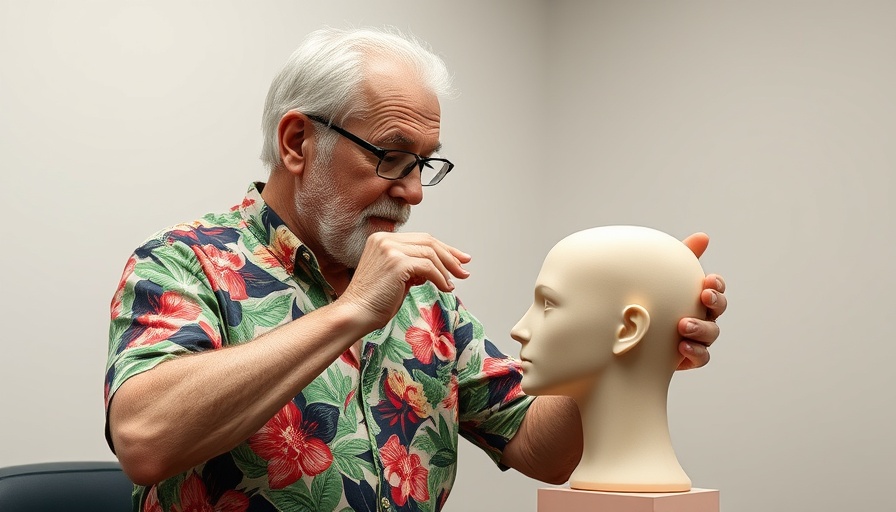
How New Anti-Doping Measures Aim to Clean Up Age Group Triathlons
The world of triathlon is evolving, and with it comes a strong push for integrity and fairness through enhanced anti-doping initiatives. Recently, the race director of Challenge Roth, Felix Walshoffer, announced an increased partnership with the German National Anti-Doping Authority, aiming to expand educational programs for athletes and introduce new testing technologies. The increase in anti-doping measures for amateur athletes is a noteworthy step in ensuring fair play in a sport that thrives on individual commitment and performance.
In 'Levelling-Up Age Group Anti-Doping Measures With New Technology | The GTN Show Ep. 417', the discussion dives into anti-doping initiatives for age group triathlons, exploring key insights that sparked deeper analysis on our end.
Understanding the Rise of Dry Blood Spot Testing
Dry Blood Spot Testing (DBS) has been adopted as a revolutionary method of testing for performance-enhancing substances. This system allows for painless blood collection, making it more accessible and less intrusive for athletes. By utilizing this method, triathlons can potentially quadruple the number of tests administered, which is crucial, especially as data revealed that 11% of participants in a questionnaire admitted to having used banned substances in the past year. This statistic underscores the seriousness of the issue and the need for effective testing protocols.
Beyond Testing: The Importance of Education
Perhaps more significant than the testing itself is the educational component that accompanies these measures. Athletes often face pressure to perform, leading some to consider illegal substances as shortcuts. By educating competitors about the dangers of doping and the risks associated with unsupervised use of painkillers and other substances, event organizers hope to promote a culture of integrity. This approach encourages athletes to strive for their best naturally and underscores the importance of health in competitive sports.
Is Doping Prevalent in Age Group Racing?
The results of this year's testing will soon be published, but last year's statistics raised some eyebrows, with many wondering just how prevalent doping is in age group competitions. While the questionnaire indicated that about 1 in 10 admitted to using banned substances, the actual prevalence may be much lower. It's crucial to consider the motivations behind using performance enhancers—are these athletes truly trying to cheat, or are they simply seeking an extra edge in a highly competitive environment?
Criticism and Support: A Double-Edged Sword
The introduction of stringent anti-doping measures hasn't been met with unanimous applause. Some athletes argue that focus should be on fair play, such as preventing drafting instead of intense doping controls, particularly at the amateur level where stakes are often personal rather than professional. Others feel that any effort to deter cheating is worthwhile, fostering a healthier competitive environment. This debate invites reflection on what constitutes fair competition in a sport defined by personal bests.
Looking Ahead
As we await the results from this year's expanded testing at Challenge Roth, it raises a fundamental question: how can triathlons maintain their integrity without alienating the very athletes they aim to protect? The balance lies in transparent communication, education on the repercussions of doping, and the establishment of a supportive environment for all competitors. The future of triathlons may depend on the community's willingness to engage in this essential conversation.
If you’re a triathlon enthusiast or simply interested in healthy competition, this evolving narrative about anti-doping measures highlights the importance of integrity and wellness in sports. Let's work together to keep triathlons fair and enjoyable for everyone, ensuring that the challenge remains rooted in resilience and personal growth.
 Add Row
Add Row  Add
Add 


Write A Comment